These cars are made to be driven in cities primarily, and that’s exactly what our testing procedure focused on. Potholes, road joins, roundabouts, traffic lights, speed bumps, traffic - it was all part of the sequence.
In the cornering bits of city driving, the Mazda was the most fun. Its steering sets it apart from the other models, feeling a bit more involving and lively but also offering really nice weighting at pace.
-
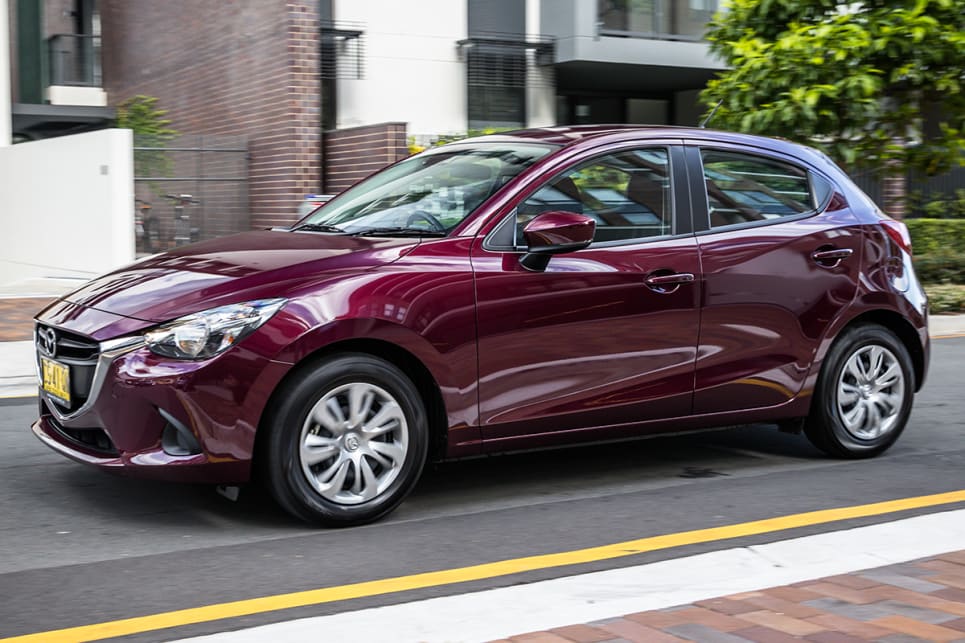 We expected a lot more from the Mazda.
We expected a lot more from the Mazda.
-
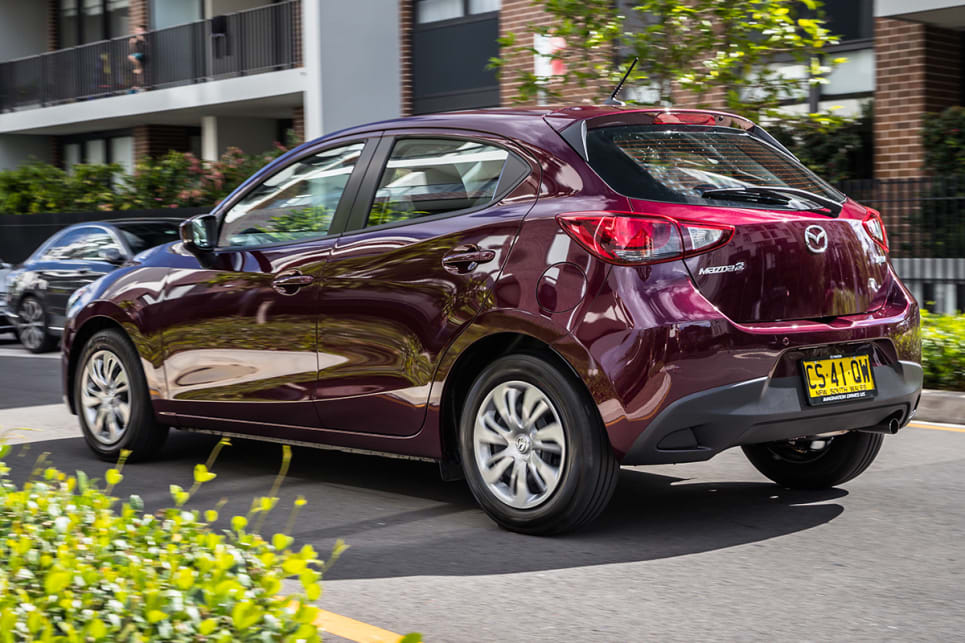 Visibility in the Mazda is bad, making it hard to take advantage of the car's size.
Visibility in the Mazda is bad, making it hard to take advantage of the car's size.
Its turning circle is tight, too, with a turning radius of just 9.4m compared with 9.6m for the Yaris, 10.4m for the Accent and 10.6m for the Polo.
But while it corners nicely, the suspension is both very low (we scraped at the front more than any other car here - but there are no ground clearance figures offered by these brands) and also very firm and often thumpy, resulting in a punishing ride over broken surfaces. You might excuse it in a sportier model, but the performance of the 2 doesn’t justify the behaviour.
That’s because its engine is a real whinger of a thing. It’s almost reluctant to accelerate, with a wheezy nature to it “that doesn’t sound like a new car”, according to one of our guest testers.
The automatic transmission does a good job of making the most of the engine, and it’s best in sport mode, but even then, it wasn’t a lot of fun in stop-start traffic.
It was also the noisiest of these four by some margin for road noise, and also the hardest to see out of because of its raked window line and badly shaped mirrors (including a weirdly non-convex mirror on the driver’s side).
“The visibility from the driver’s seat is so bad - you really can’t take advantage of the size of the car because it’s comparatively so hard to see out of,” said one of our testers.
It was surprising how little all of our judges - myself included - enjoyed the Mazda. We expected a lot more.
One that surprised us all was the Hyundai.
The engine was what separated it from the rest. It offered the most peppy response without any hesitation, building pace with a fair bit of noise accompanying it, but doing so in a brisk manner.
We didn’t do 0-100 acceleration speed testing as part of this review, but it would have been the winner based on seat of the pants and its performance figures.
-
 The Accent offered the most peppy response without any hesitation.
The Accent offered the most peppy response without any hesitation.
-
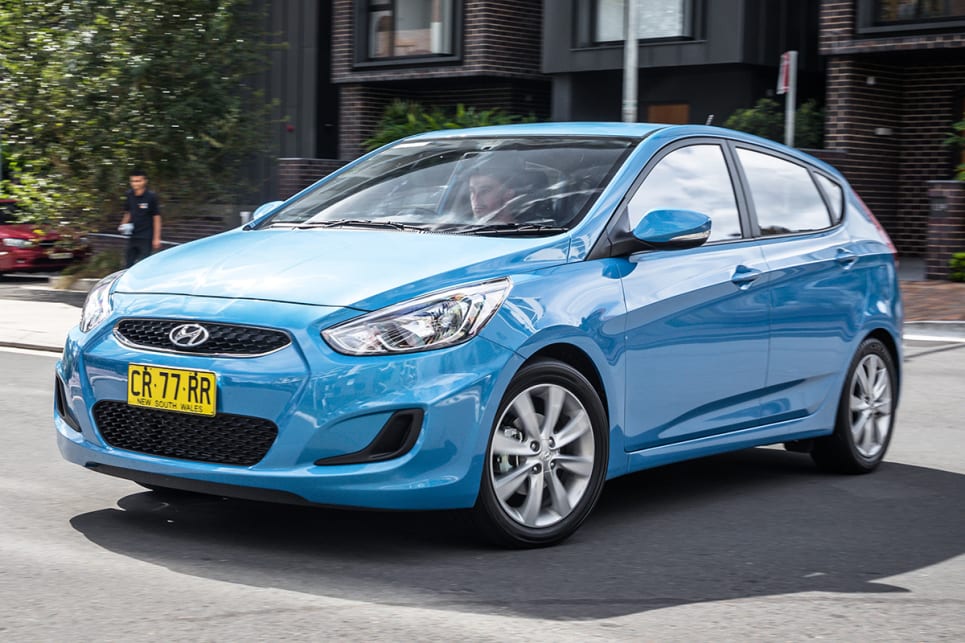 The Accent’s suspension felt the most sporty and in tune with the road below.
The Accent’s suspension felt the most sporty and in tune with the road below.
The transmission acted pretty smartly, too, though it is still eager to shift up to save fuel. Which it clearly failed at.
Even though it has four-wheel disc brakes, the pedal response was underwhelming.
The Accent’s suspension felt the most sporty and in tune with the road below - you feel a lot more of the little lumps and bumps in the road, and the wheels can sink into potholes with a thump.
The rear suspension rebounds a bit abruptly, though, and I personally found it too sharp for a car like this - but the three other judges on this test rated the drive experience highly.
I found the steering to be a bit dead on centre, but it was generally very easy to turn the wheel in roundabouts and during parking moves.
Driving in the Toyota it’s like you’ve got comfort mode selected.
The suspension is soft, to the point where it’ll wobble and wallow from side to side. That also means that it can be upset by successive rapid-fire bumps - but if you prefer a softer ride in the city, it might be ideal for you. It’s definitely set up for comfort rather than ultimate control.
The steering is light at lower speeds, which is great in tight streets and parking lots, but when you slow down from higher speed it can be a touch odd in its weighting.
-
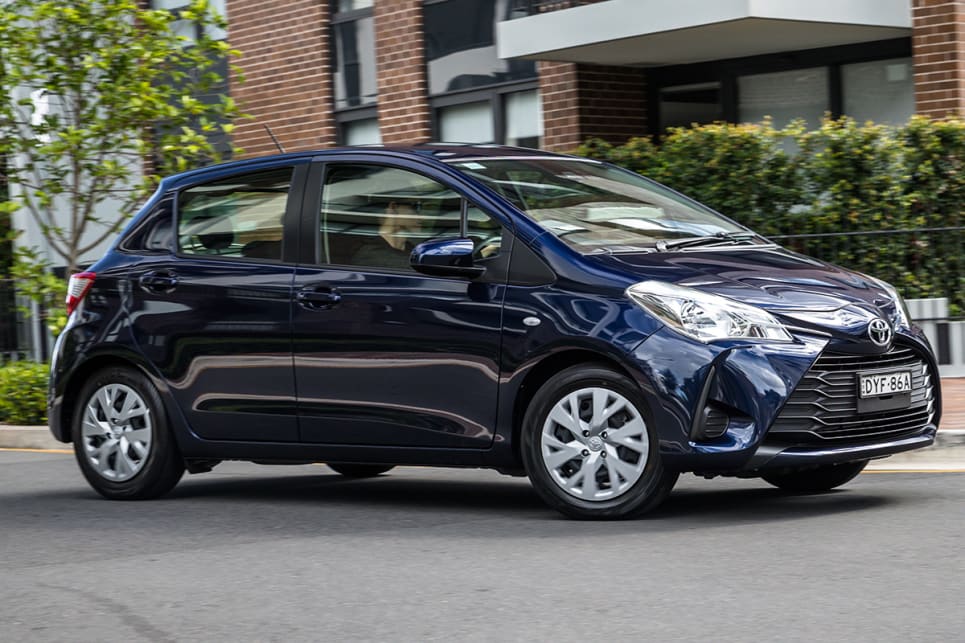 Driving the Yaris feels like you’ve got comfort mode selected.
Driving the Yaris feels like you’ve got comfort mode selected.
-
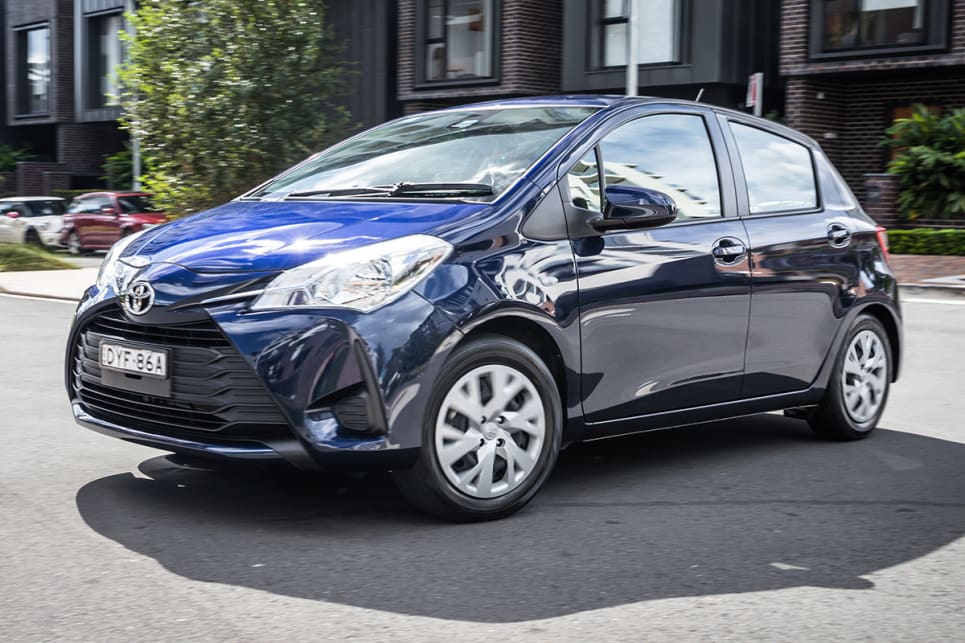 Steering is light at lower speeds, which is great in tight streets and parking lots.
Steering is light at lower speeds, which is great in tight streets and parking lots.
The engine is hardly a hero, with modest outputs and relatively meagre punch on offer. It was inoffensive in lower speed urban driving - it’s just when you get up to higher speed on a highway that you start to notice it struggling.
The four-speed auto works decently around town, but it is let down by a lack of extra gears to play with. That said, I’d take a decently configured four-speed auto over a fidgety six-speeder any day.
The Polo was the best of the bunch for suspension control and comfort overall. You notice little lumps in the road, but the suspension does a really good job of isolating the cabin from the worst of the road surface.
The steering was also found to be the best balance of nice weighting and easy usability. It feels like a more mature offering than its competitors in terms of driving manners - like an adult amongst teenagers.
And you need to act like an adult when you’re driving it, because it takes a bit more thinking when you accelerate from a standstill.
-
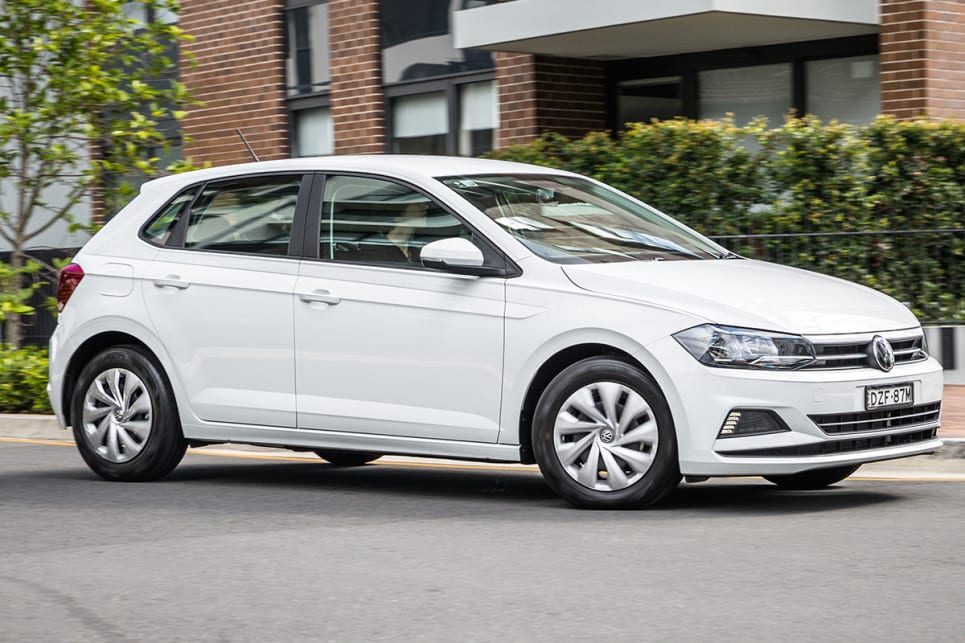 The Polo was the best of the bunch for suspension control and comfort overall.
The Polo was the best of the bunch for suspension control and comfort overall.
-
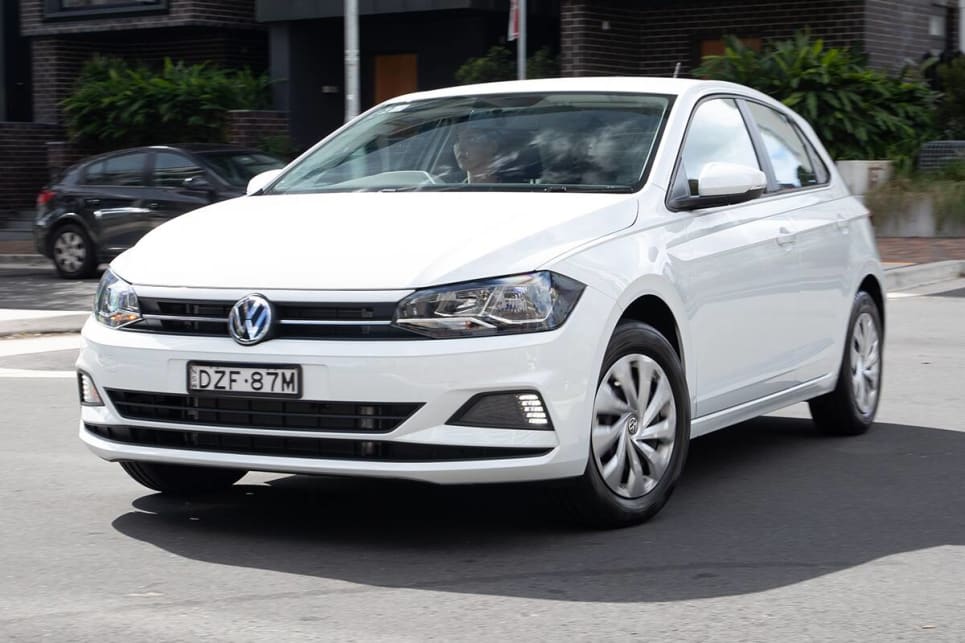 Steering for the Polo was the best balance of nice weighting and easy usability.
Steering for the Polo was the best balance of nice weighting and easy usability.
The combination of a turbocharged engine, a dual-clutch transmission and stop-start conspire to make traffic clogs a bit more of a challenge. You can’t simply plant the right pedal - you’ve got to manage your throttle.
I can understand why that could be enough to turn off customers, and thoroughly recommend you ask for a lengthy test drive and try and find some traffic to see if you can deal with it.
But once you’re above 10km/h you’ll be rewarded with a thrusty engine, a nice three-cylinder thrum, and a transmission that is snappy and smart with its logic when you ask more of the engine.
Plus the brakes are typical VW - and by that I mean they’re bitey and trustworthy.
All four of our testers felt the VW was the most grown up of these cars. A sensible and smart offering - if you can afford it.
| Model | Score |
| Hyundai Accent Sport | 7 |
| Mazda 2 Neo | 6 |
| Toyota Yaris Ascent | 6 |
| Volkswagen Polo Trendline | 7 |

















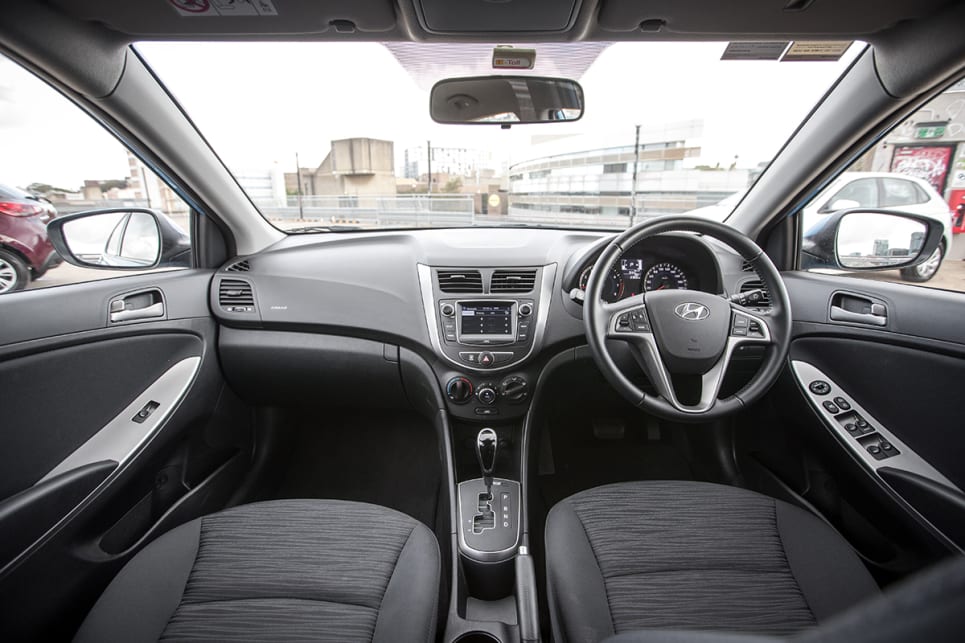
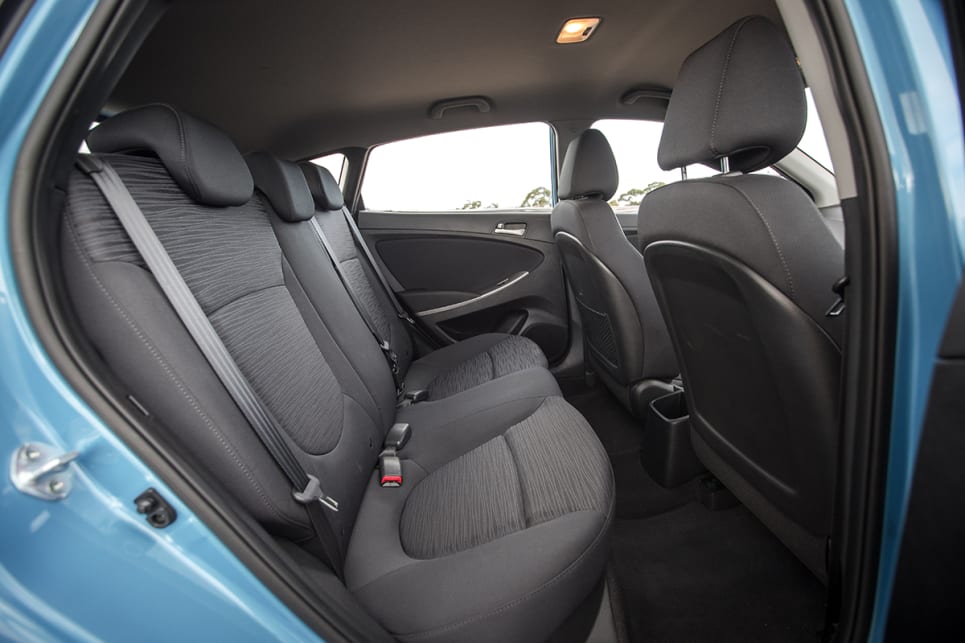

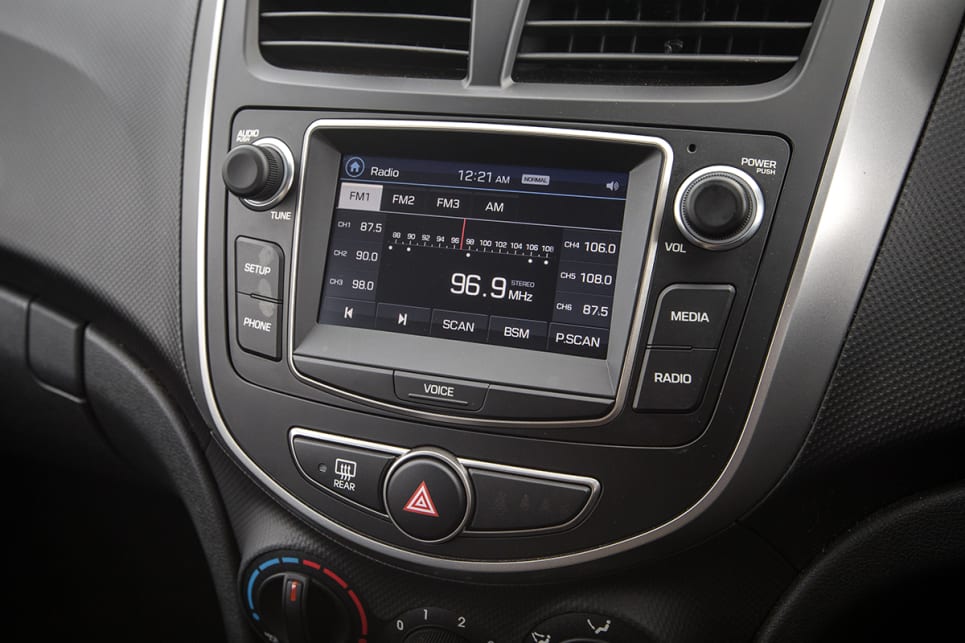

















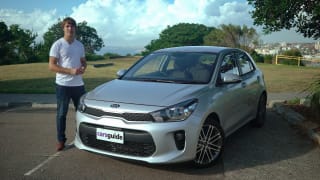

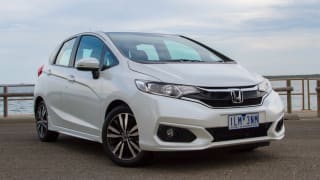



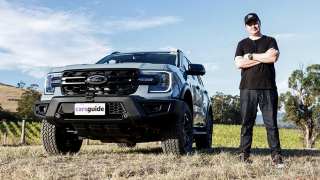
 Kia Cerato
Kia Cerato